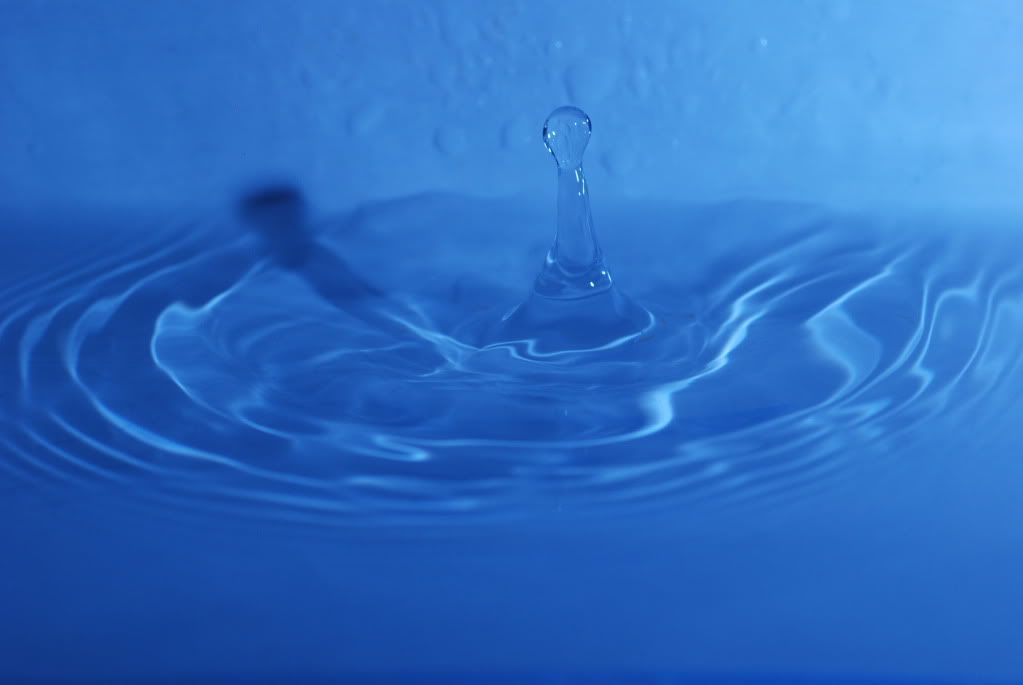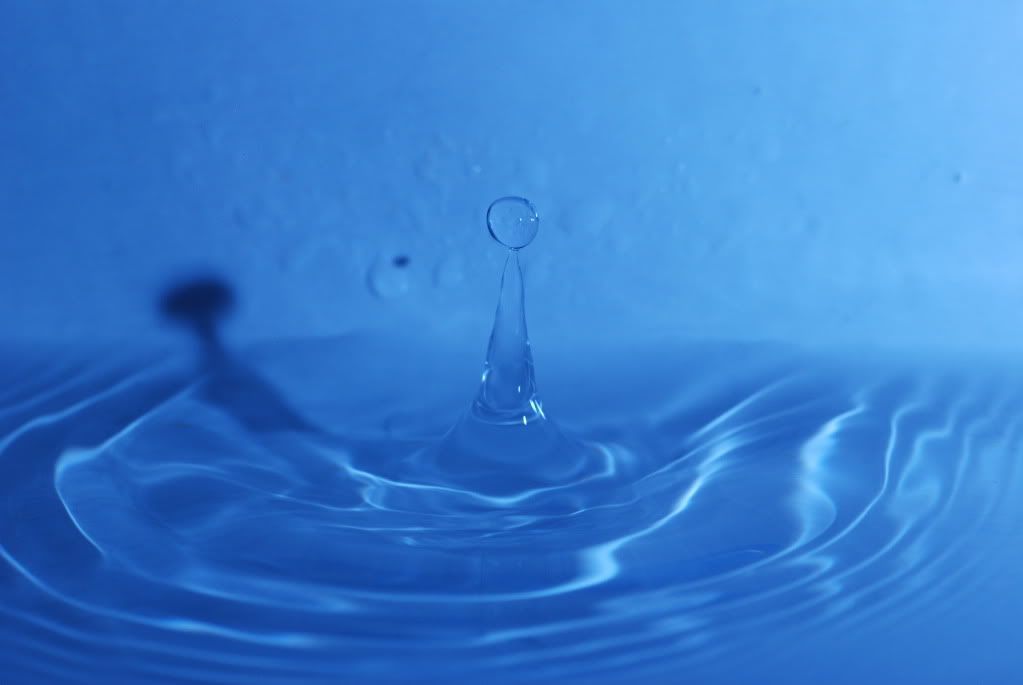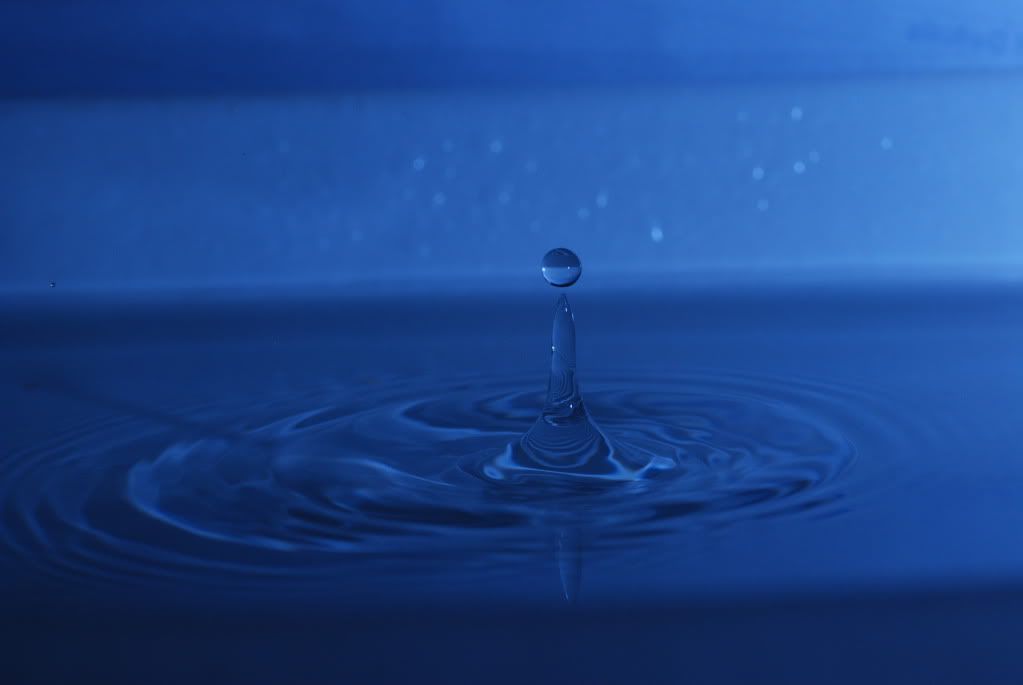I,ve still got a few things to do, like fit the LED's and put it in a nice box, but mine is more of less, done. I,ve yet to use it in anger however, only on the bench. My primary use will be with the high speed flash option, and that appears to be working well as far as detecting water droplets and firing the flash is concerned.
I do have a problem with the camera trigger on the other options. For example, with the interval timer, the camera will only take a picture on the first instance, after that it will not take a picture. I,ve tested the camera and cable, and if I use a wire link to short out the connections, then all is well, so I,m guessing the the problem is with the opto circuit. How critical is the 330ohm series resistor, as I used what I had available - a 270ohm ?
Earlier on, when the opto's first arrived, I experimented with driving an LED, and I found the problem in a slightly different way - the LED would come on when requested, however, it would stay lit until power was removed, not when the logic input was toggled. I put this down to the LED maybe keeping the SCR on somehow, but now I,m not so sure.
Incidently I also (as planned) did away with the lcd driving chip and wired the
lcd directly to unused port B pins. Because of the way I bit-bang the 4 bits required, I had to re-assign register b0. Apart from that it wasn't too much trouble, although every instance of 'serout' had to be replaced with my own code. Looking forward to giving the water droplets a go later.
Texy




